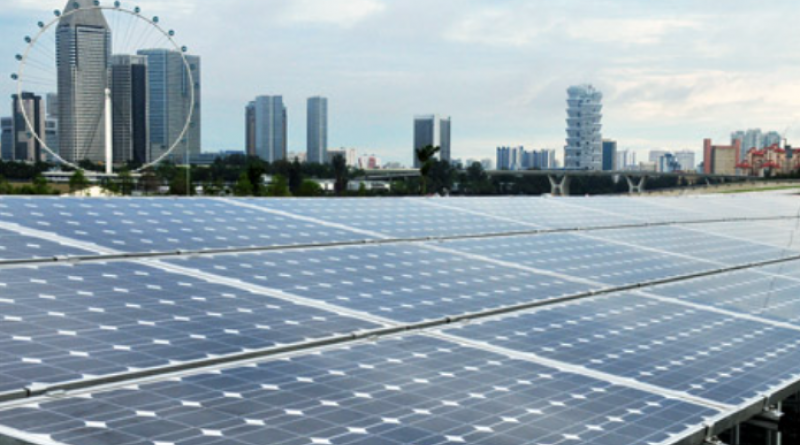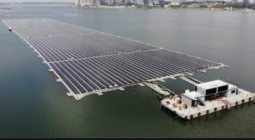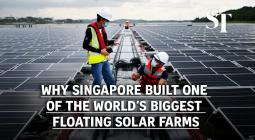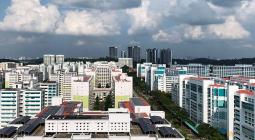Singapore’s Approach to Alternative Energy

As a small, resource-constrained country, Singapore imports almost all its energy needs, and has limited renewable energy options:
- Commercial wind turbines operate at wind speeds of around above 4.5m/s but the average wind speed in Singapore is only about 2m/s.
- Singapore’s relatively narrow tidal range and calm seas limit opportunities for commercial tidal power generation. Much of our sea space is also used for ports, anchorage and shipping lanes, which limit the application of ocean energy technologies.
- Hydroelectric power cannot be harnessed, as Singapore does not have a river system with fast flowing water throughout the year.
- We do not have geothermal energy sources.
- Our small physical size (728 sq km), high population density and land scarcity limits our potential for sustainably-grown domestic biomass. It also constrains the safe deployment of nuclear power in Singapore.
Singapore’s high average annual solar irradiation of about 1,580 kWh/m2 makes solar photovoltaic (PV) a potential renewable energy option for Singapore. However, we face challenges to the use of solar energy in Singapore. We have limited available land for the large scale deployment of solar panels. In addition, the presence of high cloud cover across Singapore and urban shading poses challenges such as intermittency.
With the limited renewable energy options available to us and the current technological capabilities, we are not able to generate sufficient baseload electricity from renewable sources reliably for Singapore. Nevertheless, Singapore aims to deploy at least 2 gigawatt-peak of solar energy by 2030. This is equivalent to powering about 350,000 households for a year.
Singapore is investing in research and development as well as test-bedding to improve the performance of solar PV systems and develop innovative ways of intergrating solar energy systems into our urban environment. Some of our test-bedding projects include:
- Housing and Development Board’s initiative to install solar panels on rooftops of high-rise public housing developments, and
- Economic Development Board’s and PUB’s floating PV project, which will pilot solar panel installations on water surfaces at our reservoirs.
Singapore’s focus on research and test-bedding is to improve the performance of solar systems and develop innovative ways of integrating solar energy systems into our urban environment.
As part of our efforts to continually explore new options for energy supply and enhance our energy security, Singapore is exploring a variety of different options, including regional power grids, and emerging low-carbon alternatives such as low-carbon hydrogen and carbon capture, utilisation and storage. While some existing technologies such as nuclear may not be viable today, we will continue to monitor the progress of nuclear energy technologies and build capabilities to better understand nuclear science and technology.
nccs.gov




